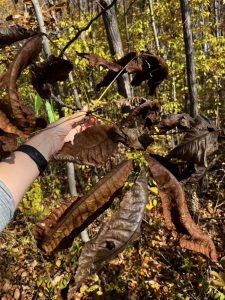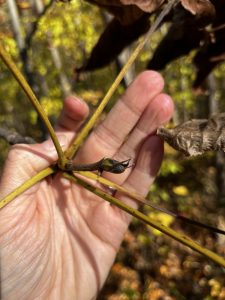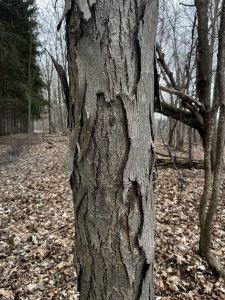2.2 How to use iNaturalist
Throughout this course, we will use iNaturalist to help us learn about our local biodiversity. iNaturalist is a user-friendly platform that uses image recognition software to help identify plants, animals, fungi, and other organisms in nature. The iNaturalist community, a global community of naturalists, scientists, and enthusiasts, will also help with species identification and provide additional information.
Users can post photos or sound recordings of any wild/uncultivated organism (i.e. no garden plants or pets). By sharing your observations, you’ll create research-quality data scientists use to better understand and protect nature (iNaturalist, 2023).
iNaturalist is for wild organisms!
For step-by-step instructions, please see the following:
By using iNaturalist in our course, we will:
- Gain practical experience in identifying local species
- Contribute valuable data to scientific research
- Engage with a community dedicated to understanding and preserving biodiversity
Taking Photos for iNaturalist
The ability of iNaturalist to accurately identify organisms depends on the quality of the photos that you upload. Blurry photos can make it difficult to see identifiable features. The camera on your phone is all you need to capture adequate photos of many organisms, but it can be challenging to get sharp photos when the organism is small or moving.
Bad Photo Example
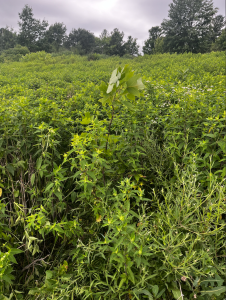
This is a bad photo to use for iNaturalist. It is too far away, so it includes too many species.
Good Photo Example



These photos are from the same location as the Bad Photo shown above. They are good because they are zoomed in to clearly show which organism you would like to identify. Each of these photos would be a separate observation on iNaturalist.
Photo Tips
Here are some tips to take identifiable photos for iNaturalist
- Focus on one organism: If you have multiple species in the photo, then the image recognition software may not properly determine which organism you are trying to identify. Get up close to small organisms and center the organism in your frame.
- Take photos from different angles: Take multiple photos of the same organisms and submit them in the same iNaturalist observation. Photos from different angles help to capture specific features that may be important to help identify a species and distinguish it from other similar species. For example, fungi (mushrooms) are often required to have a photo from the top and a photo of the gills on the underside to provide features for identification.
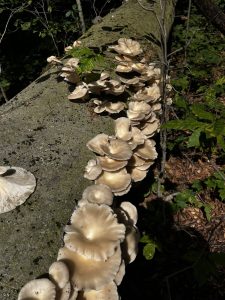
“Pale Oyster Fungus 1”, Kari Moreland, CC BY 4.0 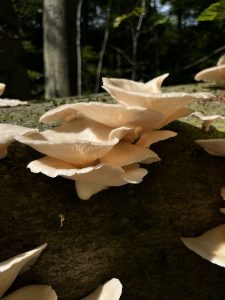
“Pale Oyster Fungus 2”, Kari Moreland, CC BY 4.0 
“Pale Oyster Fungus 3”, Kari Moreland, CC BY 4.0 These photos of the Pale Oyster (Pleurotus pulmonarius) fungus growing on a dead American Beech tree will all be included in one observation on iNaturalist. If possible, you can also add the name of the tree that the fungus is growing on in the description. Some fungi will only grow on particular host species, so this information can help identify them.
- Capture different features: Take multiple photos of different features of the same organism and submit them in the same iNaturalist observation. This is particularly useful for large organisms where small features may not be visible in the photo of the organism as a whole. For example, for trees, it would be beneficial to take a photo of the entire tree but then get closer and take photos of the leaves, buds and bark as well to provide more features to help distinguish between closely related species.
- Get to know your phone/camera’s features: Do you have a macro option? Can you zoom in? Can you make minor photo adjustments like cropping, changing exposure, or sharpening? The little changes can help make photos more clear for easier identification.
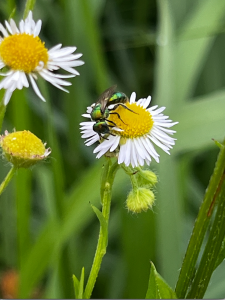
“Good Photo example”, Kari Moreland, CC BY 4.0. You may be surprised at the little organisms that your phone can capture!
- Check out iNaturalist photo guides: Many different photo guides are designed to help you take identifiable photos of particular types of organisms.

